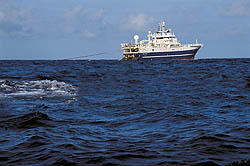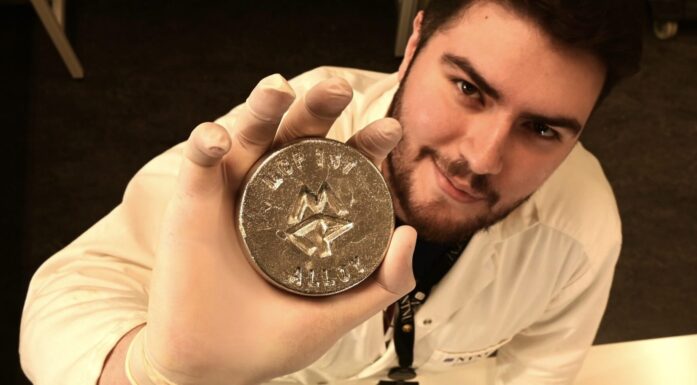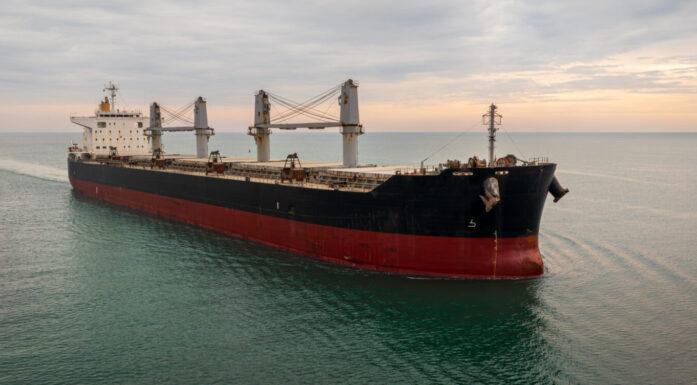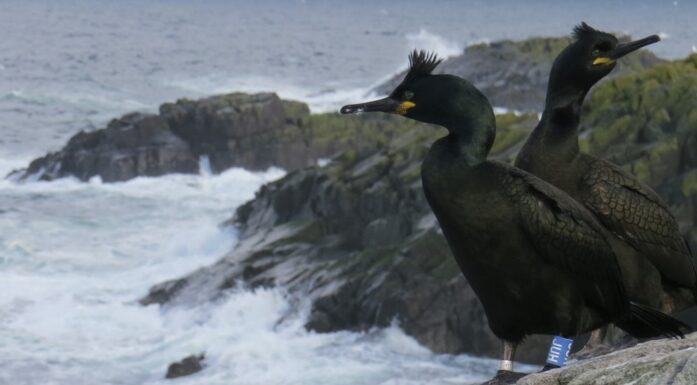Angles on oil
Oil in hard rock types under the ocean’s floor can be difficult to find. A new search method may change all that.
MORE THAN HALF OF THE WORLD’S OIL RESERVOIRS are embedded in carbonate rocks. These rocks are hard, and it can be challenging to determine if the carbonate contains oil or just water. A research team lead by Professor Martin Landrø has recently revised an existing method that may solve this problem.
NO MORE DRILLING IN THE DARK
Landrø’s method in itself is not new. The technique is known as repetitive seismic, and is used for mapping geological structures below the ocean floor with sound waves. The seismic creates images of the reservoirs, both to determine the amount of oil, and, during extraction, to control the amount of water that flows in. Repetitive seismic has worked very well on reservoirs located in sandstone. Statoil has used the method in about seventy of its oilfields in the North Sea, and Hydro is not far behind. Using the technique, drillers can see when they have emptied a reservoir of oil, or if more oil remains. They no longer need to drill in the dark. Statoil says their profits from using the method are about five billion kroner.
A REWARD WORTH BILLIONS
Until now, however, the method has not worked with carbonates. Because carbonates are much harder than sandstones, it has not been possible to read the difference in the signals from carbonates containing oil and carbonates containing water. Landrø hopes he can change all that. Along with Anh Ket Nguyen, a SINTEF Petroleum Research scientist, and Hosseinn Mehdizadeh, a PhD student at NTNU, Landrø has found a new approach to the old technique.
The sound signal is sent obliquely into the water and ‘slides’ along the ocean floor – on top of the layer where the oil is – and then returns to the surface again. The key is that carbonates that contain oil and carbonates that contain water return the signal at different points, and this difference can be measured.
“If the new method withstands the test, it is reasonable to think that the reward will be much greater than the five billion Statoil saves now,” says Landrø. The method was presented at an international conference in the USA in October 2004.
Tore Oksholen




